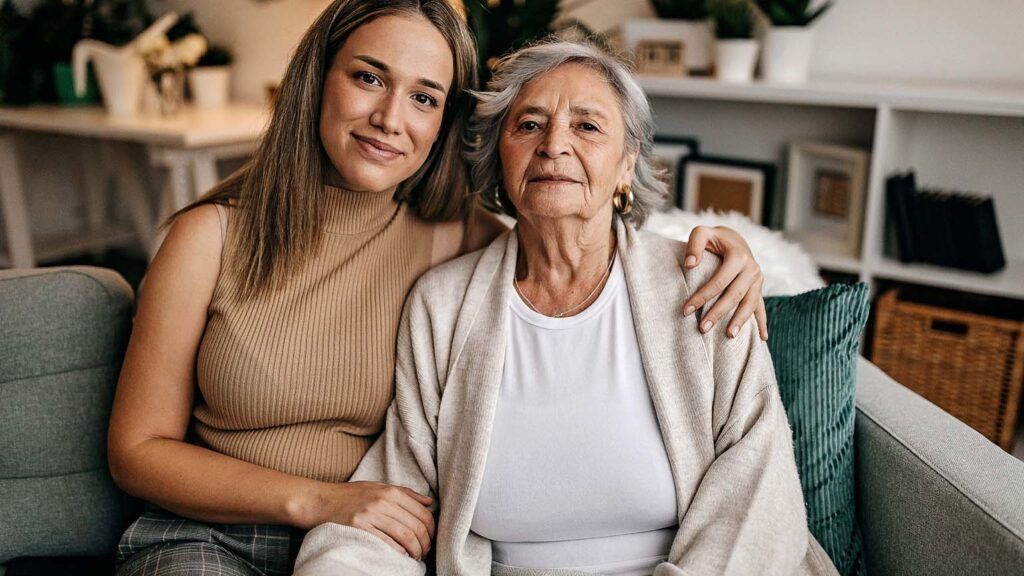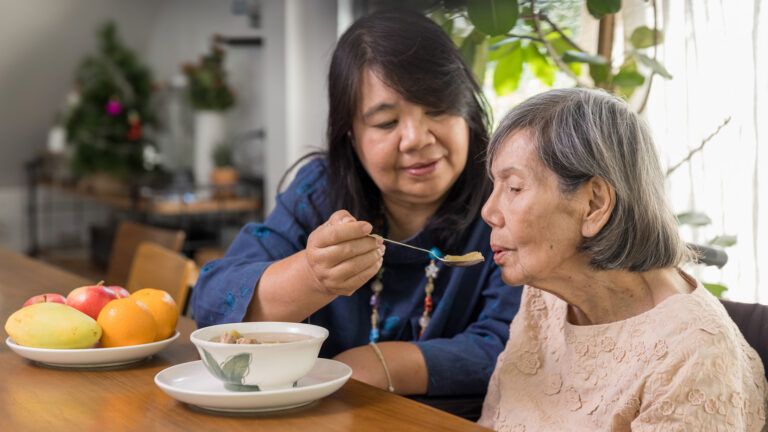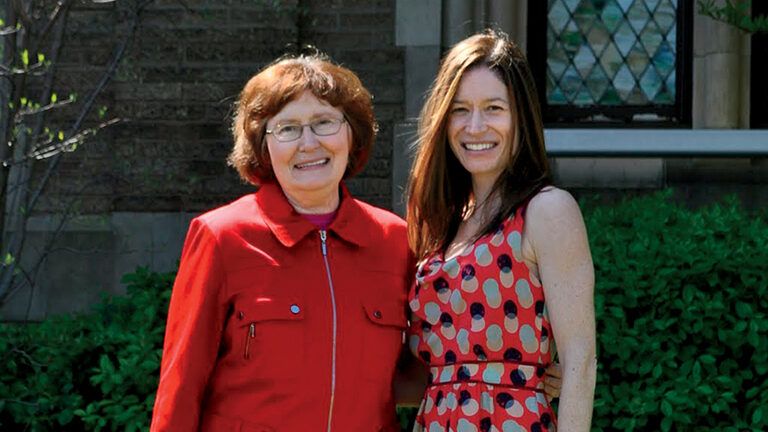Lisa S. Weitzman, LISW-S, is the WeCare Manager of Business Development at Benjamin Rose Institute on Aging
Sobering as it may be, self-neglect accounts for the majority of elder abuse reports. Sadly, 51 percent of all elder abuse allegations reported to Adult Protective Services (APS) throughout the country in 2019 concerned self-neglect – and these were only the reported incidents (Judy Stringer, The Hidden Danger of Self-Neglect in Older Adults, Next Avenue, 4/28/21). As such, self-neglect is considered the most prevalent form of elder abuse.
So what is self-neglect? According to the Aging and Long Term Support Administration, the term refers to “a vulnerable adult living in a way that puts his or her health, safety, or well-being at risk.” In contrast to suicidal behaviors (which assume an active desire to harm oneself), those who self-neglect often can no longer care for themselves, are unable to acknowledge or admit it, and do not grasp the consequences of their decisions. Many are unable to:
- Eat or dress themselves appropriately
- Handle bathing, grooming or house cleaning
- Follow directions to take prescriptions properly
- Keep their bills paid
- Maintain their health care
What causes self-neglect and what can it lead to?
An older adult may start to self-neglect for any of a variety of reasons. For one person, it may stem from depression or another on-going mental health challenge. For someone else, it may result from cognitive decline or mobility issues. It could also come about after the onset of dementia, which negatively impacts clear judgment, insight or sound reasoning. Another possible cause of self-neglect could be dwindling resources (social support, money or reluctance to reach out for assistance) to meet the older adult’s social and emotional needs. Regardless of the cause, self-neglect is a serious issue, which can lead to:
- Malnutrition
- Infection and sores
- Frailty (which increases the risk for falls)
- Delirium
- More frequent trips to the ER and hospital stays
- A higher overall mortality risk
- Social, financial, and legal difficulties
Signs of self-neglect
Self-neglect is not always easy to recognize. It can be particularly tricky to spot in older adults who are socially isolated and therefore not in regular touch with friends, family, orcommunity-based supportive services. So it’s important to know what to look for. Signs of self-neglect include:
- Inability to keep up with day-to-day tasks
- Substance abuse
- Increase in falls
- Poor hygiene or unsafe living conditions
- Heightened confusion and/or notable behavior changes
- Disregard for physical health requirements
Consider whether any older adult in your life may be showing one or more of these signs. If you think self-neglect may be an issue, have a conversation with the person about accepting support in the home, and explore available support from social workers and APS. It’s important to remember that unless a court determines that intervention is warranted, older adults have the right to make decisions on their own behalf. Still, we as family members, friends and neighbors must take steps when needed to keep the older adults in our lives and communities as safe and well as possible in their living environments.






